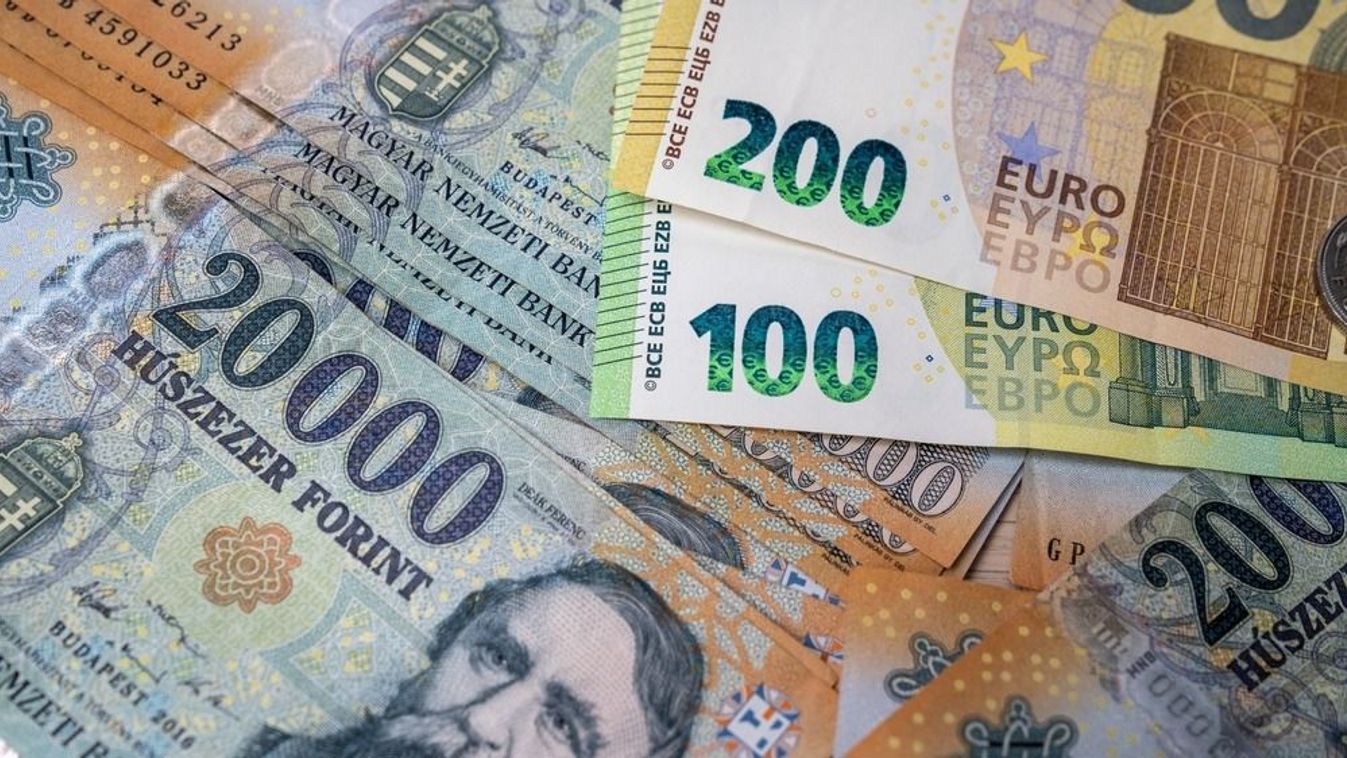Europe’s Misguided Search for Growth
Today, however, the eurozone’s attention has shifted to growth. This is a recurring pattern in European politics: austerity is proclaimed and defended as the pre-condition for growth, but then, when a recession bites, growth becomes the pre-condition for continued austerity.
About 15 years ago, Europe endured a similar cycle. In the early 1990’s, when the plans for the European Monetary Union (EMU) were drawn up, Germany insisted on a “Stability Pact” as a price for giving up the Deutschmark. When Europe fell into a deep recession after 1995, attention shifted to growth, and the “Stability Pact” became the “Stability and Growth Pact” (SGP) when the European Council adopted a resolution on “growth and employment” in 1997.
The need for growth is as strong today as it was 15 years ago. In Spain, the unemployment rate then was as high as it is now, and in Italy, it was higher in 1996 than it is today. Politically, too, the background is the same: the “G” was inserted into the SGP under pressure primarily from a new French administration (at the time headed by Jacques Chirac). Today, France has again given the political impetus for a shift to growth.
Making growth a political priority is uncontroversial (after all, who could be against it?). But the real question is: what can Europe do to create growth? The honest answer is: rather little.
The key elements of a growth strategy discussed among Europe’s leaders these days are actually the same as in 1996-1997: labor-market reforms, strengthening of the internal market, more funding for the European Investment Bank (EIB) for lending to small and medium-size enterprises (SMEs), and more resources for infrastructure investment in poorer member states. The last two, in particular, attract a lot of attention because they involve more spending.
But circumstances are also quite different today. The EIB’s business model would have to be radically changed to make it useful to promote growth, because it lends only against government guarantees, whereas southern Europe’s fiscally stressed sovereigns cannot afford further burdens. Moreover, contrary to a popular misconception, the EIB cannot lend directly to SMEs. The EIB can only provide large banks with funding to lend to local SMEs. But the ECB is essentially already doing this with its three-year LTRO loans.
There is also talk about a “Marshall Plan” for southern Europe. Fifteen years ago, there was a clear need for better infrastructure there. But, since then, the southern countries have had a decade of rather high infrastructure investment – more than 3% of GDP in Spain, Greece, and Portugal.
As a result, most countries in the EU’s south probably have a sufficient stock of infrastructure today. In fact, more infrastructure investment would actually make most sense in Germany, where infrastructure spending has been anemic (only 1.6 % of GDP, or half the rate of Spain) for almost a decade. That is why Germany’s famous Autobahnen are notoriously congested nowadays.
But one does not need European funding to finance infrastructure in Germany, where the government can raise funds at negative real cost. At the rates that it is paying today, the German government should be able to find many investment projects that yield a positive social rate of return. Given that Germany is close to full employment, more infrastructure spending there would probably suck in imports (and attract unemployed construction workers from Spain), contributing to much-needed rebalancing within the eurozone.
Unfortunately, this is unlikely to happen, because infrastructure spending runs up against popular opposition. Indeed, such spending is decided at the local and regional level, where grass-roots opposition to any large project is strongest (it took more than 20 years, for example, to push through the modernization of Stuttgart’s railway station).
The urge to be seen to be “doing something” is leading Europe’s policymakers to rely on the few instruments with which the EU can claim to foster growth. But they should recognize that today’s growth crisis is different. The real bargain should not be austerity plus a Marshall Plan for the south, but rather continued austerity plus labor-market reforms in the south, combined with more infrastructure investment in Germany and other AAA-rated countries like the Netherlands.
Deep service-sector reforms in Germany would also help to unlock the country’s productivity potential and open its market to services exports from southern Europe. That way, the South would have a chance to find jobs for its rather well-educated young people, whose only choice now is between unemployment and emigration.
Daniel Gros is Director of the Brussels-based Center for European Policy Studies. He has worked for the International Monetary Fund, and served as an economic adviser to the European Commission.

Portfóliónk minőségi tartalmat jelent minden olvasó számára. Egyedülálló elérést, országos lefedettséget és változatos megjelenési lehetőséget biztosít. Folyamatosan keressük az új irányokat és fejlődési lehetőségeket. Ez jövőnk záloga.






















